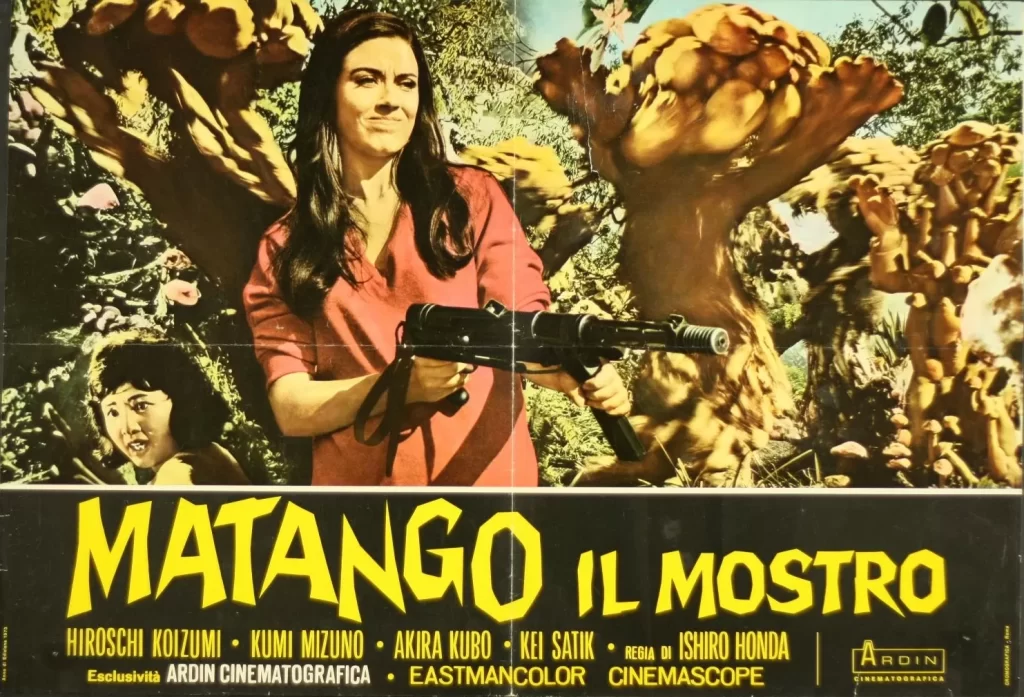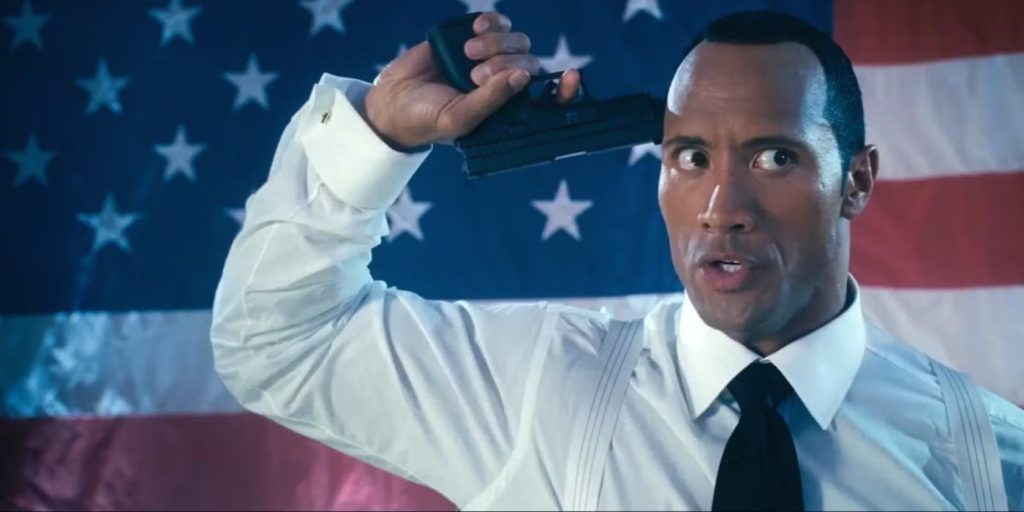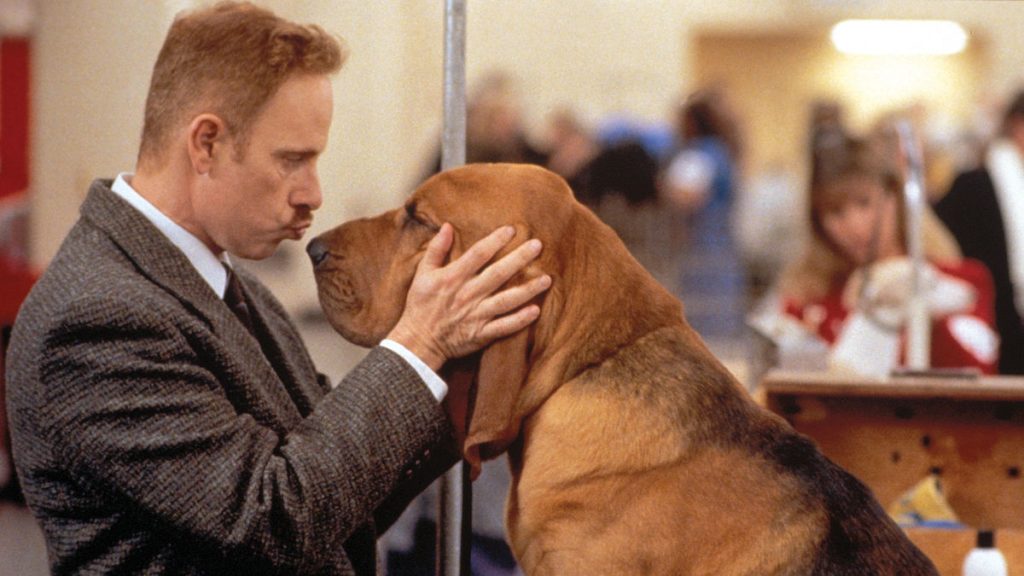Even in times of stress and paranoia as these, people liked to get worked up over nonsense, which is why we had a whole news cycle about Citizen Kane’s Rotten Tomatoes score last week. It seems that the folks at RT dug up a contemporaneous, negative review of Orson Welles’s classic, thus knocking its score down to a mere 99%, and since Paddington 2 was among the titles maintaining a 100, it was thus the greatest film of all time, better than Citizen Kane, etc. etc. It was a perfect storm, really, combining several of the Internet’s favorite things: toppling a sacred cow, willfully misunderstanding a website’s function, and Paddington the bear. All pretty silly, to be honest.
That said, the story did do one thing: it finally gave Citizen Kane fans a new villain to rally against. For years, that slot has been filled by How Green Was My Valley, which – as last week’s Oscars reminded us – was the film that won the Academy Award for best picture of 1941, an award that one would think the body would’ve given to Kane. Coincidentally enough, How Green Was My Valley just landed on Hulu, so this convergence of events is about all the excuse we need to give it a fresh look.
Like most prestige pictures of the era, How Green was adapted from a popular novel – this one published in 1939 and written by Richard Llewellyn, who claimed it was based on his own childhood (discovered after his death to be false; he based the novel on good old-fashioned research). It tells the story of the Morgans, a close-knit coal mining family (“and proud of their trade”) who live and work in the South Wales Valleys. That story is told in reflective voice-over (by Irving Pichel), as the family’s youngest son Huw, now an adult, looks back at (literally) the greener pastures of his youth.

Director John Ford spends much of the early stretch in hangout mode, observing their daily routines – to the mine, to home where they wash and eat dinner, the distribution of spending money, etc. – and to their full-throttle celebrations of big events and milestones. As the current lingo goes, they work hard and play hard, and live lives of relative comfort and happiness. All of that changes with the announcement of reduced wages at the mine, its owners taking advantage of an abundance of available workers, and ones who’ll work for lesser pay, to work at all. The elder Morgan boys propose strength of negotiation in numbers, to which their father (Donald Crisp) roars, “Union, is it? I never thought I’d hear my own sons talking socialist nonsense.”
It’s no surprise to learn that Ford directed How Green Was My Valley the year after The Grapes of Wrath (which Hulu also just added), so cleanly does he carry over that picture’s themes and concerns. The earlier film may have been set in the present, while this one stretched back to the late 1800s. But its questions of hard work for fair compensation, and what one is willing to risk for it, could not have felt more urgent – and they still don’t. (“Empty bellies and desperation began to conquer reason,” the older Huw recalls, and that line still stings.) The 22-week strike at the mine tears the community apart (“Something has gone out of this valley that may never be replaced”), and the family as well.

Yet the film is not a polemic, nor a pamphlet. The focus remains squarely on the family – their tribulations and tragedies, as well as their occasional triumphs. And considerable emotion is found in the subplot of pretty daughter Angharad (Maureen O’Hara, in the first of many collaborations with Ford), who loves the village’s preacher (Walter Pidgeon), but knows that such a union is impossible, so she enters into a marriage of convenience with the mine owner’s rich son. (Her misery during the wedding sequence is palpable, and heartbreaking.)
Mere synopsis can make How Green Was My Valley sound like melodrama, or even soap opera, but it’s not like that all. Like much of Ford’s best work, it’s unabashedly sentimental and unapologetically lyrical; Arthur C. Miller’s camera holds on faces and landscapes during those reflective voice-overs, letting one feed off the other. But it’s also quite funny and earthy, and even when the structure is episodic, it’s going somewhere; by the time he’s building to the emotional crescendo of the closing scenes, you may not realize how involved you’ve become. (That sequence also includes one of his specialties: modest displays of great courage.)
In retrospect, it’s hardly surprising that How Green Was My Valley topped Citizen Kane – or, for that matter, The Maltese Falcon and Sergeant York – for that elusive Best Picture Oscar, and for Best Director besides (Ford famously won two years in a row, after the aforementioned Grapes of Wrath). It’s quite a traditional and classical film, which has always been the Academy’s preference over pictures as groundbreaking and offbeat as Kane. But the degree to which the tide has retroactively turned on Ford’s film isn’t fair either. It’s something akin to the current hostility towards Ordinary People, which beat out Raging Bull for Best Picture and Best Director in 1980 – but is, in fact, an excellent picture outside of that equation. How Green Was My Valley is wonderful; it’s just not as breathlessly great as Citizen Kane. That’s not its fault. Few films are.
“How Green Was My Valley” is now streaming on Hulu and the Criterion Channel.



